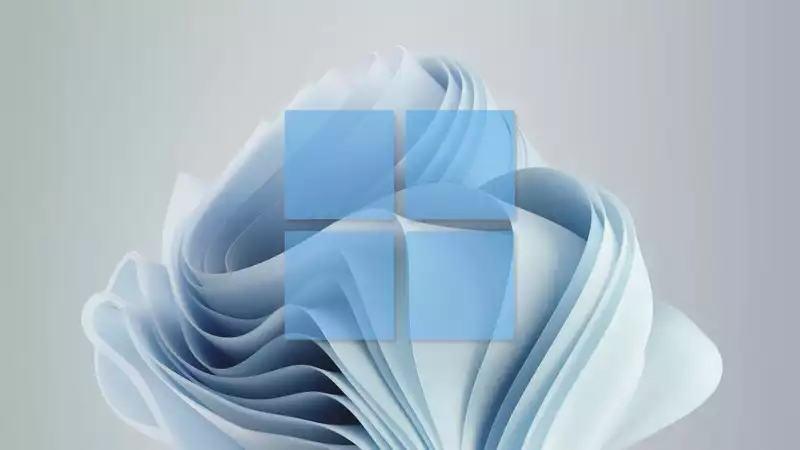Update: Speaking of changes, Clippy is back in the latest Windows 11 update.
Windows 11 is scheduled for full release later this year, and according to preview builds seen by Windows Insiders, it may bring unwelcome changes to the way apps pinned to the taskbar operate.
Specifically, in the current preview build of Windows 11, you cannot drag and drop apps, shortcuts, or files to the taskbar; like in Windows 10, you can pin apps to the taskbar to create a permanent home, but you cannot drag files to the task If I drag a file to an app in the bar and try to open the file in that app, nothing happens.
This may seem like a small change, but it has caused much frustration among Windows Power users who have long relied on this time-saving feature. And while it is possible that Microsoft will change the way it works between now and the official release of Windows 11, a post on Microsoft's Feedback Hub (discovered by the Windows Latest team) states that the company has been working on a taskbar drag-and drop functionality, but it does not appear to consider the lack of such functionality a problem that needs to be resolved.
"Currently, dragging a file to an app on the taskbar and opening it in that app is not supported in Windows 11. However, we appreciate your feedback and will use it to help us develop such a feature in the future."
As expected, Windows users were less than polite in their response to this statement, calling it "pathetic," "disappointing," and "an overall downgrade from Windows 10."
And indeed, it is hard to argue that Microsoft has not limited the usefulness of the taskbar in Windows 11. We already knew that the new Windows 11 taskbar is currently limited to being docked at the bottom of the screen. This limitation may seem like a minor issue, but if you have a ridiculously wide monitor, it makes sense to move the taskbar to the side of the screen so that no part of the Windows UI takes up screen space.
We also know that the current Windows 11 preview build does not have much of a context menu left when right-clicking on the taskbar. The usual options for moving the taskbar and launching the Windows Task Manager are gone, and instead there is only one menu for taskbar settings.
Of course, there is still plenty of time for Microsoft designers to get back on track and implement some of the changes that have been requested by the public for Windows 11, which will be released in late 2021. Microsoft is clearly thinking about these issues, as Microsoft has published several blog posts outlining the thought process behind the dramatic redesign of Windows 11. Microsoft's designers have already made some changes, such as placing the Start button in the center of the taskbar is to make it easier to access for those using Windows 11 on touchscreens and ultra-wide monitors, for example.
Hopefully, they will find a similar way to allow users to drag and drop apps, shortcuts, and files onto the taskbar for Windows 11 users who rely on this feature. Of course, there is no rush to upgrade: Microsoft has promised to support Windows 10 until at least October 2025, and in the past the company has often supported versions of Windows well past the stated deadline.










Comments